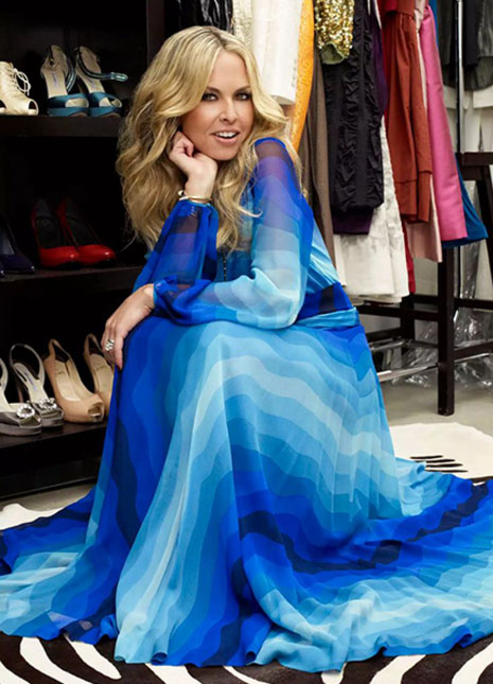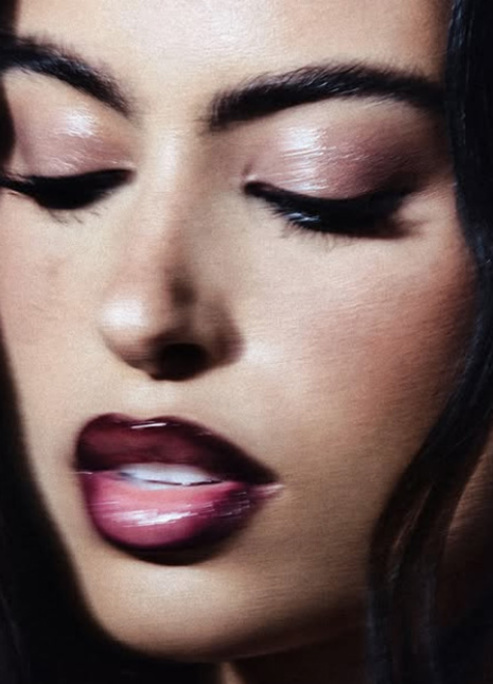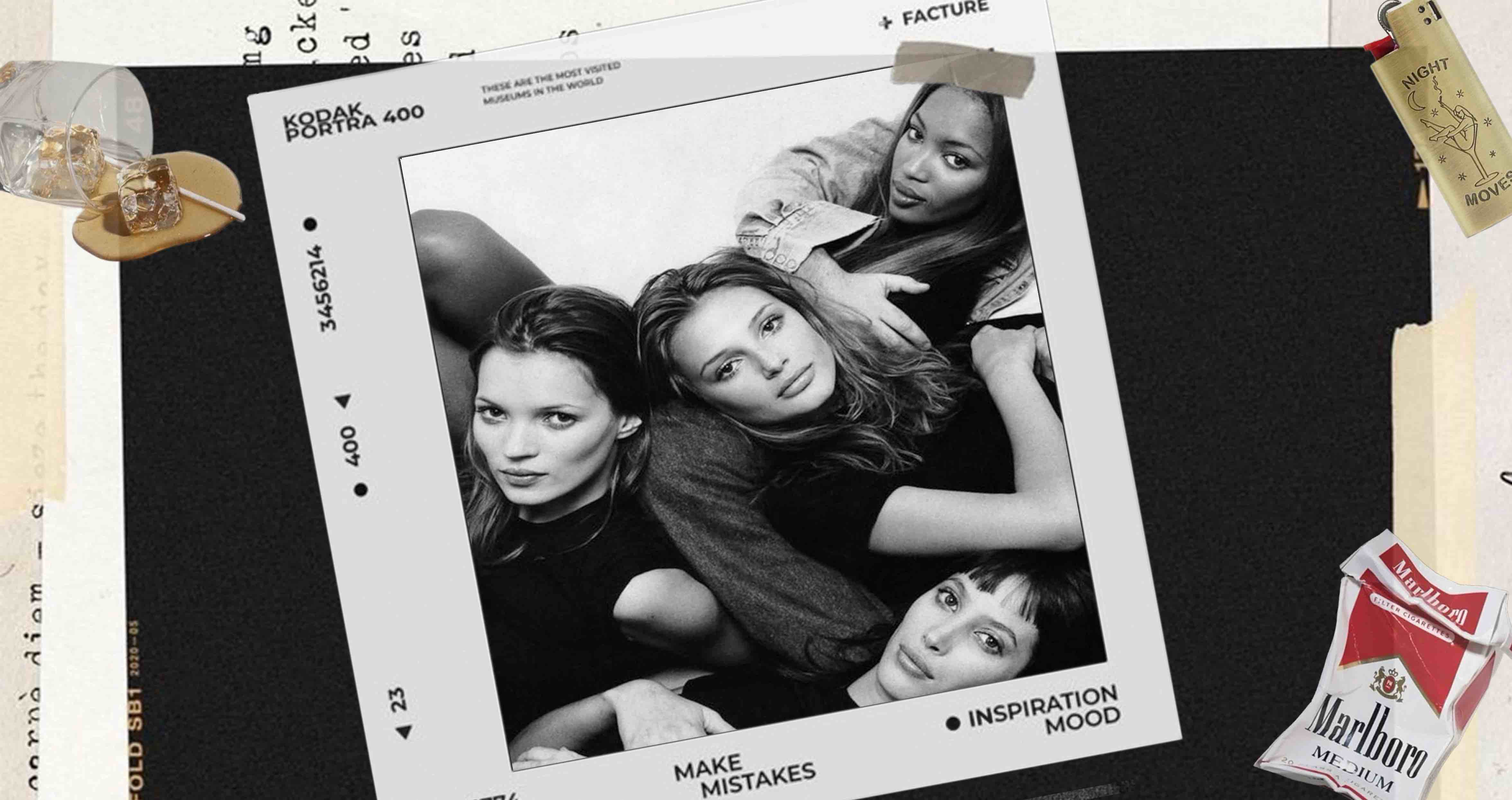
Why The 90s Supermodels Are Still So Influential Today
The everlasting impact of the 90s supermodels
A supermodel, how would you define a supermodel? It’s a term that has no exact date for when it was coined, or which model had owned it first. Though it’s a term that has been used for iconic figures in fashion for decades and one that gets debated in today’s generation of models, on who is allowed to be included in it. To say the least, It’s a word that cannot be used lightly, why? Because of those who founded its significance.
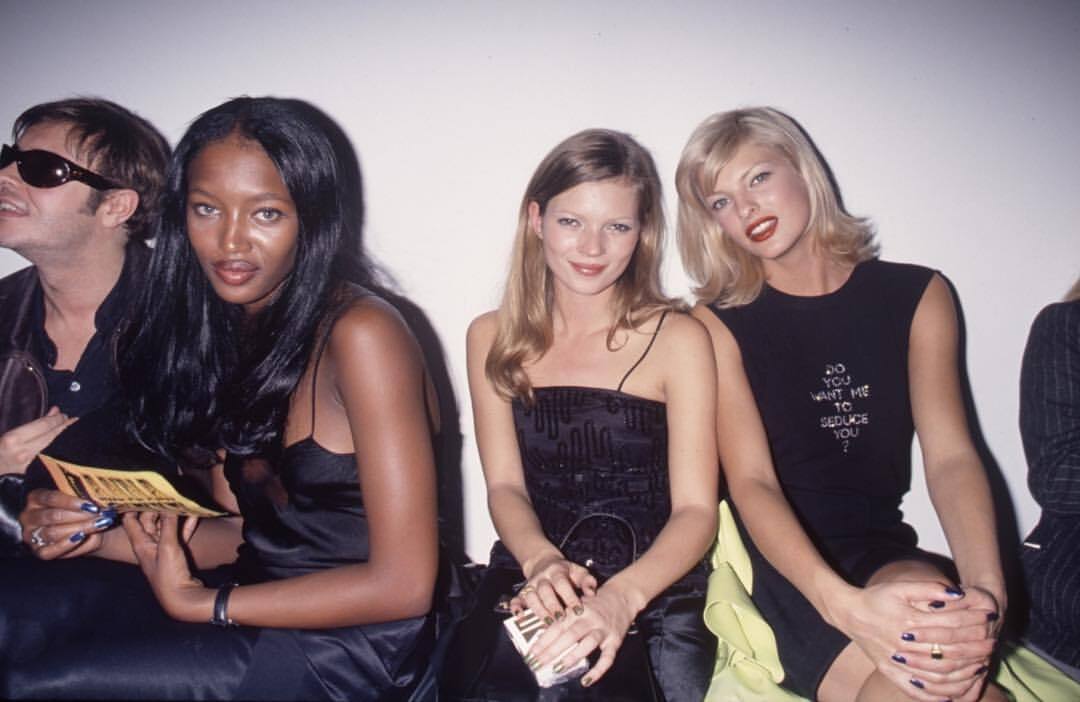
Although defining who a supermodel is today is considered a controversial topic due to mainstream nepotism and social media influences, an agreement can be reached on who or what a supermodel is when the 90s era is mentioned. Names such as Linda, Christy, Naomi and Cindy are often referred to as examples of what a supermodel is, and if you have already seen their work, you’ll understand why.
During this era, the birth of ‘The Supermodels’ arose and for the first time, supermodels were too, major celebrities, not just rockstars girlfriends. This new age of supermodels brought a period of revitalized glamour, influence and prominence to 90s fashion and popular culture.
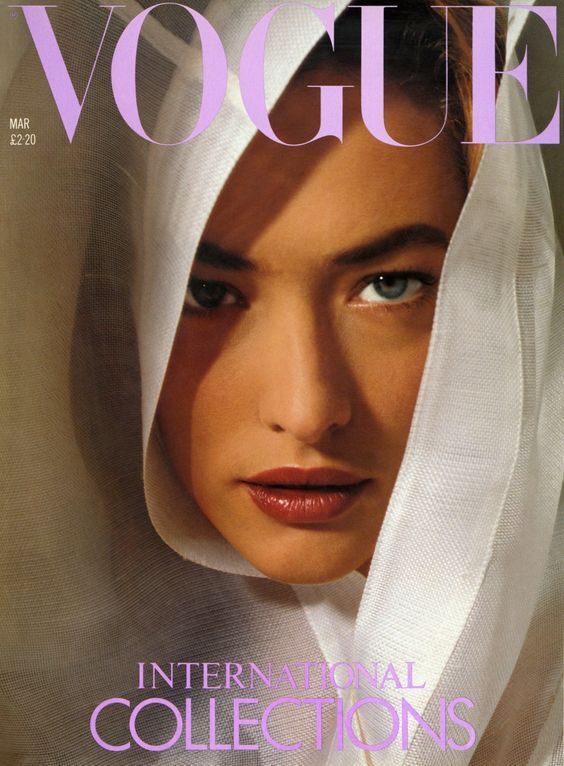
It has commonly been said that the era began when the big five names, including Tatjana Patitz, otherwise known as ‘The Big Five’, appeared on the cover of the January 1990 edition of British Vogue.
It could also arguably be when Linda, Cindy, Naomi and Christy strutted side by side, arm beside arm, singing to George Michael’s 1990 single ‘Freedom’ during Versace’s 1991 Fall Show; following the then-recent release of the song’s music video starring the four models. A moment not only cemented in fashion history but in mainstream culture.
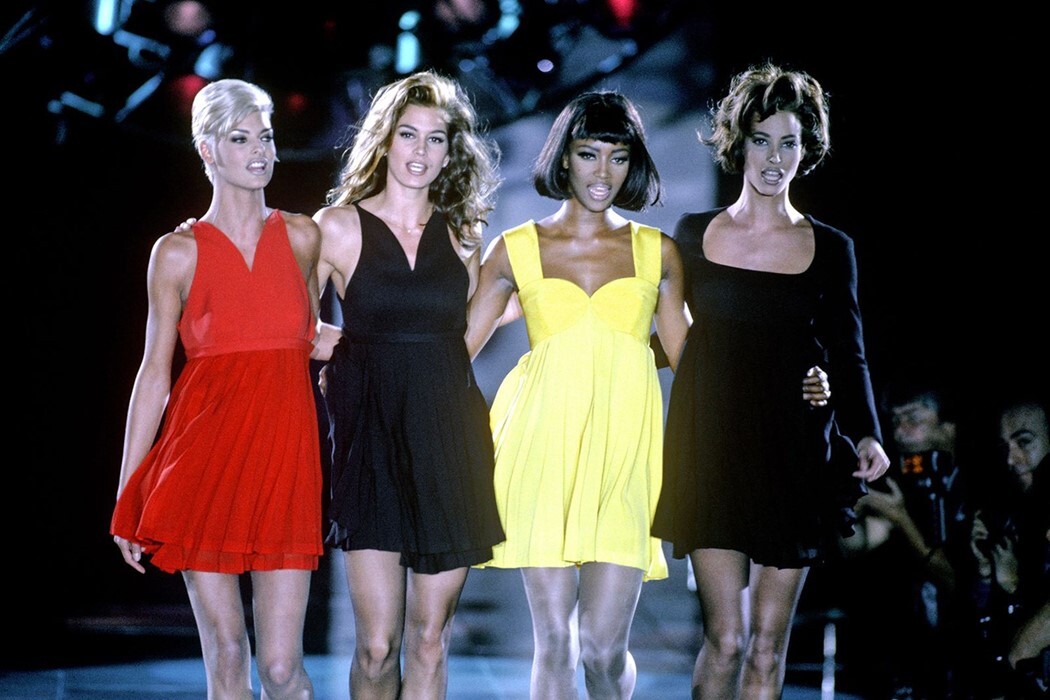
Though the supermodel era wasn’t just about The Big Four, not even the ‘Big Five’ or ‘Big Six’ which also later included Claudia Schiffer and Kate Moss, but many other pivotal figures during this period, names like Carla Bruni, Yasmeen Ghauri, Stephanie Seymour, Helena Christensen and many more contributed to the influence of this era.
The women of this time didn’t only represent beauty, but a sense of power and therefore autonomy, by representing more than what specifically runway models had previously been allowed to – personality and charisma, which moved modelling away from the former mannequin-esque limitation.
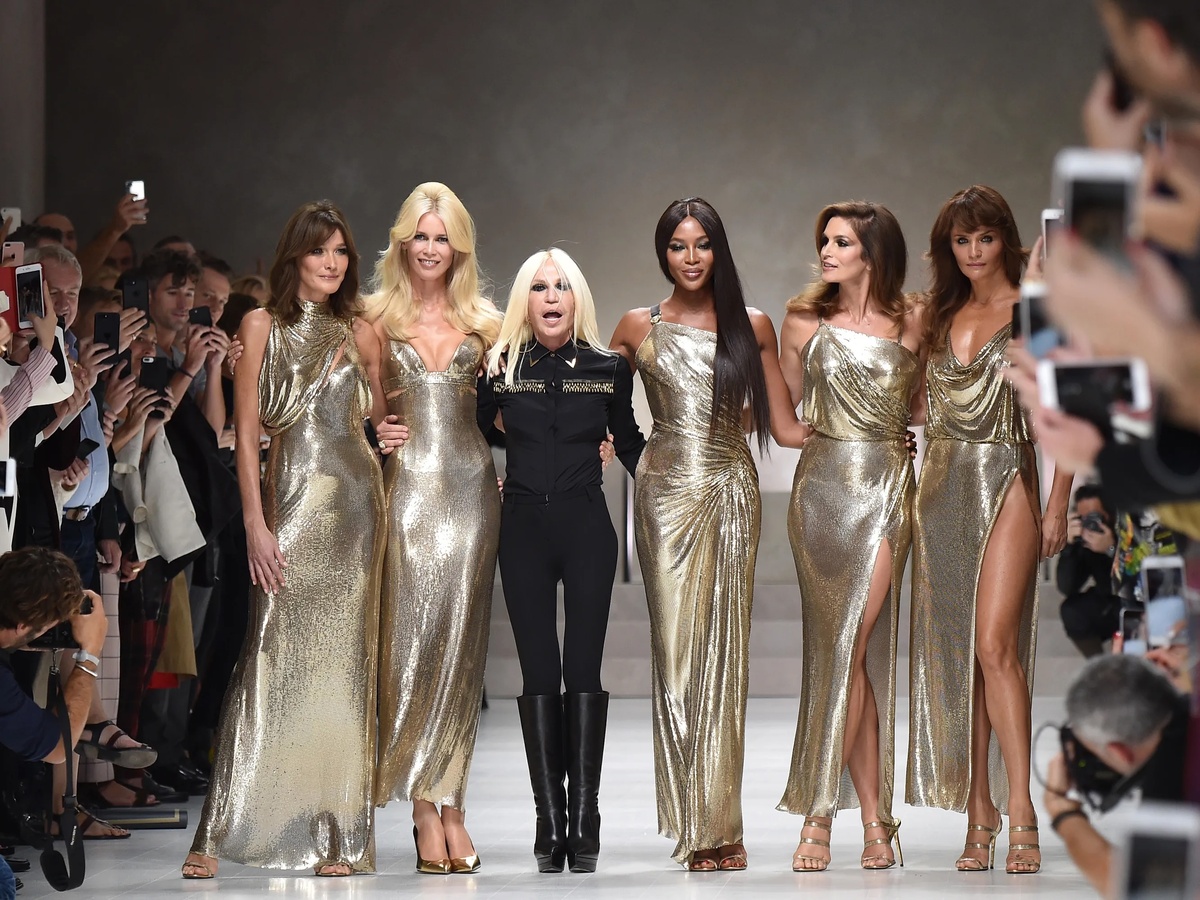
Although this had been controversial due to critiques of the time believing the model’s notability could take attention away from the clothes itself, there was little to no doubt the women of this period not only increased the sales of the items but also the memorability of the period’s fashion.
So forth, the memorability lives on today, a time continually cited and eagerly attempted to be recreated. However, a reason why the legacy still proves its profound influence today wouldn’t just be because of its glamour, influence or esteem, but because it represents a time unable to be recreated again.



